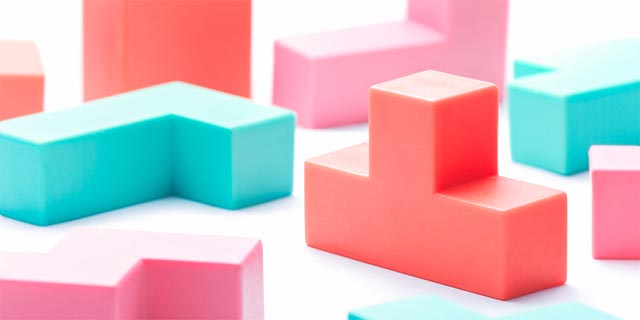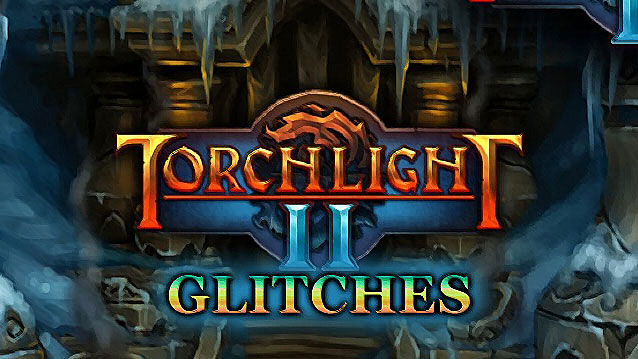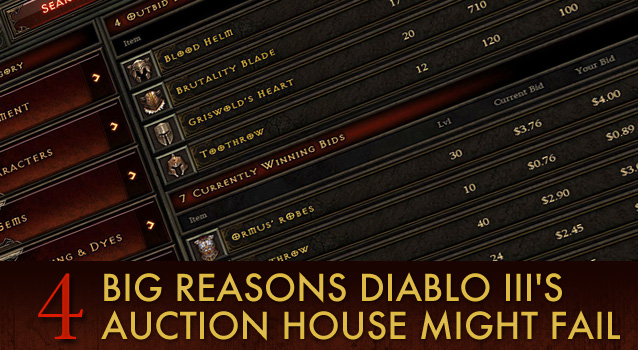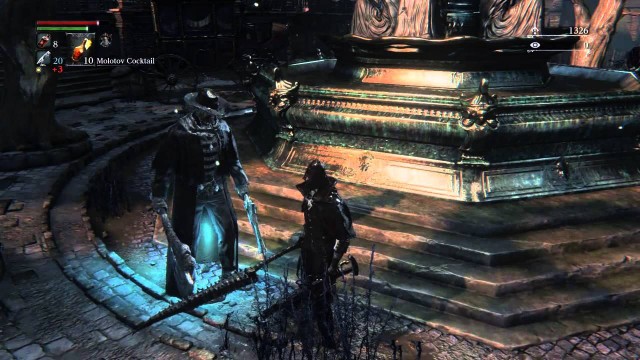

How fitting is it that the title to usher in the age of video games still remains one of the most popular games today? Tetris reigns above all other games that changed the world simply because of its household name status. Gamers and non-gamers alike know it and revere it. But how did it get to this point?
In many ways, Tetris is an outlier. It stands unique as a game with simple-yet-deep gameplay that has endured a shelf life unmatched by any other video game. Some would even consider it to be the Chess or Go of video games. Several important factors have brought the game this far.
This year, 2014, marks the 30th birthday of Tetris. In remembrance of its history, join me as I explore the past and future of the world’s most famous puzzle game.

Have you ever played Pentomino? Imagine five tiles that can be combined to form any shape as long as the tiles are only adjacent to each other horizontally or vertically. Twelve shapes can be created in this way. Now imagine filling an empty grid with these shapes such that all spaces are filled and no pieces overlap. That’s the goal of Pentomino.
And this game is where Tetris finds its roots.
In the early 1980s, Soviet computer engineer Alexey Pajitnov played a similar puzzle game that involved tetraminos rather than pentominos – shapes made from four tiles instead of five – but he found it dull. So he asked himself, “What if the tetraminos fell into a rectangular glass and piled up?” He ran with the idea and Tetris was released in 1984.
A few years later, with the help of his colleague Vadim Gerasimov, Pajitnov released a 2-player version of his game. The playing field had no top or bottom. Pieces for Player 1 fell from the top while pieces for Player 2 rose from the bottom. Thus, the basis for the Tetris name: “tetramino” + “tennis”.
The game did not sell well. With little motivation left, Pajitnov gave away free copies to all of his friends, which resulted in a wildfire spread of popularity. Tetris soon spread outside of the Soviet Union and received a lot of foreign attention, prompting Pajitnov to abandon all other efforts, immigrate to the United States in 1991, and focus on Tetris.
After many battles for legal ownership of the game, Pajitnov co-founded The Tetris Company in 1996 with an American entrepreneur, Henk Rogers. Only then did he begin to earn proper royalties for his creation.

The era of arcade games produced a lot of titles that are considered classics today, including Breakout and Pacman. Even still, Tetris looms over all of those titles as the matchless king. But why? What are the ingredients that make this game so beloved by so many?
Simplicity. The controls are simple: you have one active block that you can move left, right, or spin. The premise is simple: you clear space by fitting blocks together into lines. If the blocks pile up too high, you lose. The shallow learning curve means Tetris can be learned in less than five minutes by anyone.
Complexity. There are seven possible tetramino pieces in Tetris. Most of them can be rotated to create additional shapes. Among the possible shapes, how many different combinations can there be? The possibility space of Tetris is enormous, which means each decision is crucial. This keeps tension high while playing.
Engagement. At any moment, your goal is obvious: holes must be plugged and lines must be cleared. You know what you have to do but you don’t know the best way to approach it, so you problem solve. You feel a sense of accomplishment when you clear those lines, then quickly realize that you have more to clear. You’re compelled. Before you know it, you’re engaged and invested.
Do these qualities sound familiar to you? Think about modern mobile games. Which ones tend to explode with widespread popularity? The addictive qualities of Tetris are the same ones that make Angry Birds so engaging. It’s no coincidence at all.
In the thirty years since its release, Tetris has been cloned and spun in so many different directions that it would be impossible to track them all down. There are the obvious mobile game knockoffs, but there are also creative adaptations that have taken the simple gameplay to new heights.
Quadra deserves first mention. We consider it to be one of the few game clones that are better than the original. Why? Because it stays true to the spirit of Tetris rather than muddying it up with unnecessary gimmicks. It has multiplayer capabilities as well, allowing up to 4-player matches that can be spectated by others.
If you have access to a Nintendo 64 (or an N64 emulator like Project64), Tetrisphere is one game that you ought to try. The objective is the same – clear space by fitting tetraminos together – but the playing field is now a multi-layered sphere. As if that weren’t enough, the different game modes add extra fun to the mix.
As far as cross-genre clones are concerned, Letrix combines the falling-block gameplay of Tetris with the word-building gameplay of Scrabble. The result? A tough, fast-paced puzzle game that will keep you on the edge of your seat all the way through. It’s one of the better Tetris-like games for Android.
Search around and you’re bound to find more falling-block-inspired games out there. Check out our list of the best online Tetris clones for a good starting point.
It seems unlikely for Tetris to ever fall out of popularity. With thirty years under its belt, it’s proven to be a classic title with gameplay that transcends any given generation. Happy birthday, Tetris, and may you be blessed with many more years of fame and fortune.
Share with us your favorite Tetris moments, stories, or anecdotes. Do you love the game? Hate it? Are there any particular remixes or clones that you prefer to play? Post in the comments below!
Tetris Pieces Via Shutterstock




 Sequence 6 - A Case of Identity and A Spot of Tea: Assassin's Creed Syndicate Walkthrough
Sequence 6 - A Case of Identity and A Spot of Tea: Assassin's Creed Syndicate Walkthrough Destiny: The Taken King Guide - Where to find Taken Champions in The Taken War: Earth
Destiny: The Taken King Guide - Where to find Taken Champions in The Taken War: Earth Resident Evil: best Easter Eggs in the game series
Resident Evil: best Easter Eggs in the game series How to Summon all the NPC, Location and Requirements in Bloodborne: The Old Hunters
How to Summon all the NPC, Location and Requirements in Bloodborne: The Old Hunters One Piece: Pirate Warriors 3 Wiki – Everything you need to know about the game .
One Piece: Pirate Warriors 3 Wiki – Everything you need to know about the game .